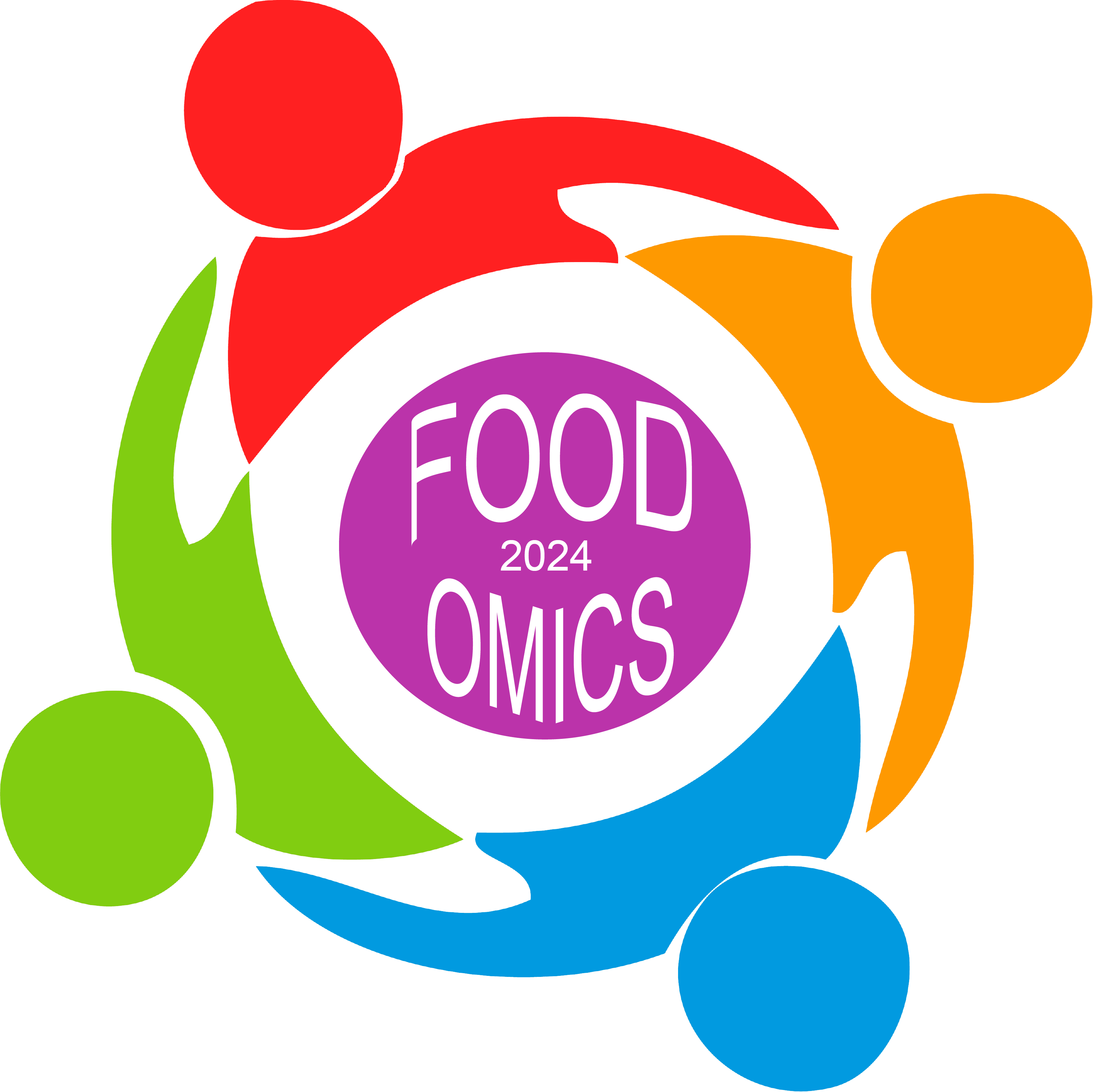What is wrong and right with ultra-processed foods (UPFs)?
There is much discussion about the classification of foods for nutritional purposes. Nowadays, nutritional questionnaires may include new categories based on the NOVA classification but there is not yet a shared choice. Do we need FoodOmics to correctly classify foods based on their composition and structure?
Food and health. Are we working from the right perspective?
Much of the scientific evidence that explains the link between nutrition and health is based on observational epidemiological studies on populations or groups of them. However, it is widely accepted that biomarkers are needed to demonstrate that consumption of foods reported in questionnaires corresponds to true intake. The relationship between food intake biomarkers and clinical parameters that define health status is the future frontier, considering the great potential of artificial intelligence to discover very hidden relationships. If not FoodOmics, what else will give the most precise and accurate answer?
Are alternative sources of nutrients a reliable alternative?
Alternative food sources, sought to give an answer to more sustainable food production for the planet, are leading to the proposal of alternative nutrients to those we have traditionally consumed to ensure a balanced diet. However, it is known that proteins, to take just one relevant nutrient, are not a mere source of the twenty natural amino acids but, having undergone post-translational transformations, they are enriched with molecular functions that go beyond the properties of the original amino acids. This is noticed by food technologists who observe rheological properties that are very different from those sought for product stability. Even nutritionists question the ability of these alternatives to maintain the modulatory properties that peptides, deriving from physiological digestion, have on our immune or cardiovascular systems. In short, alternative sources cannot become alternative nutrients without more being known about them. The methodological approach of FoodOmics certainly has what it takes to shed light on this enigma
Nutrient bioaccessibility and bioavailability. Do we need a new nutrition label?
Much of the information that defines the structure of a food is currently neglected in nutritional studies, as the structural dimension is too complicated to be measured and quantitatively related to the digestibility, bioaccessibility and bioavailability of nutrients.
During digestion, the three-dimensional network of the food matrix can hinder the diffusion of enzymes towards the molecules they will hydrolyse. This is well known to any food scientist, but still the description of a food consists of the molecular composition and, at best, some information about the production processes. The FoodOmics approach, precisely because its mission is to provide a high-definition description of food, can fill this gap between the present and the future of precision nutrition, focusing its holistic vision also on the structural aspect. Again, if not FoodOmics, what else?
Keynote Speakers

Soft matter approach to food reformulation issues
Ruud van der Sman
Food & Biobased Research
Wageningen University & Research, The Netherlands

Pandemics, Plenty and Poverty – the fight against malnutrition and Food Insecurity
Elliot M. Berry
Braun School of Public Health, Hebrew University
Hadassah Faculty of Medicine, Jerusalem, Israel

Nutrient sources and sustainability: beyond the hype
Francesco Visioli
Department of Molecular Medicine
University of Padova, Italy

Design of advanced cell culture models to study bioavailability and bioactivity of food derived components
John Van Camp
Department of Food Technology, Safety and Health
Ghent University, Ghent, Belgium
